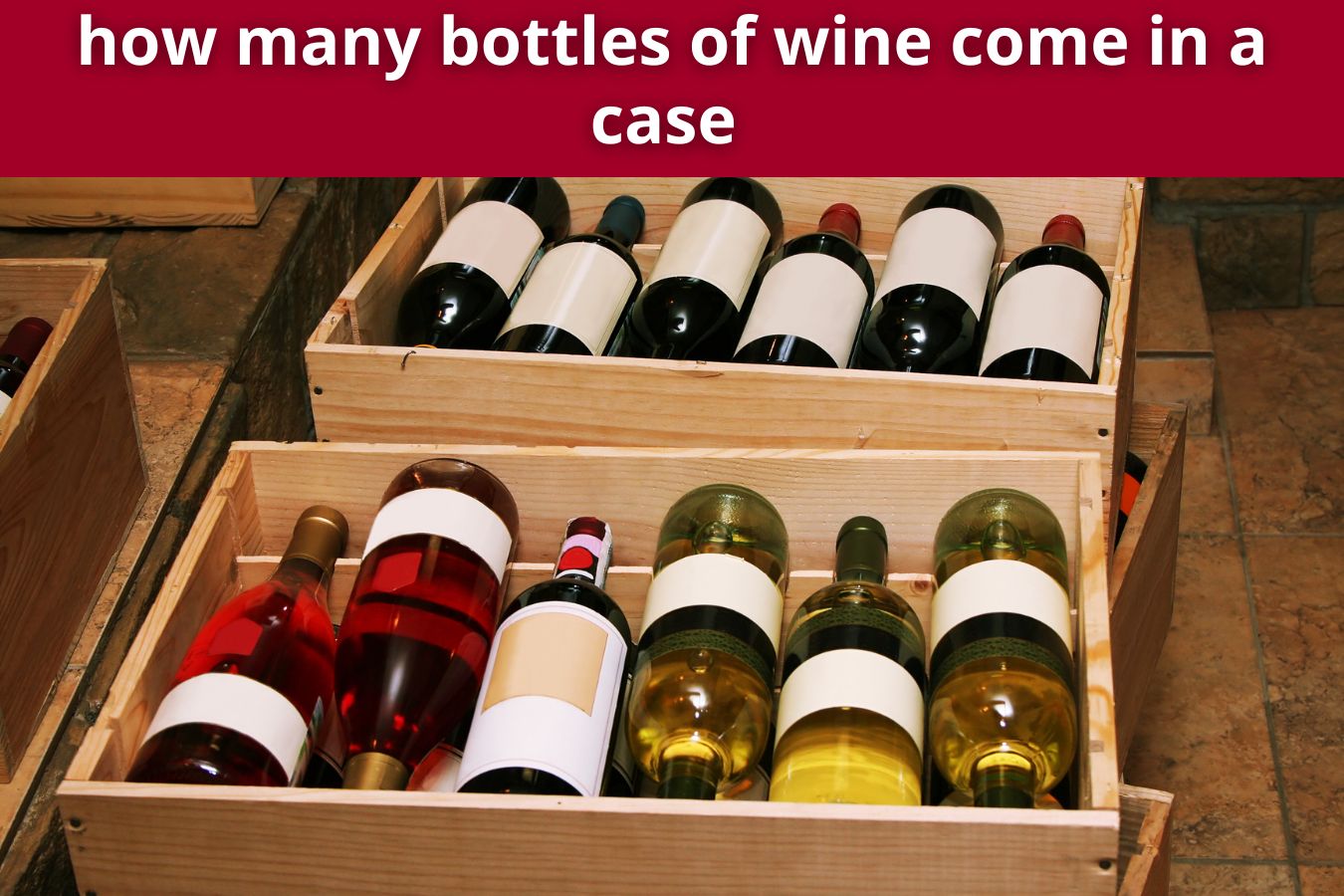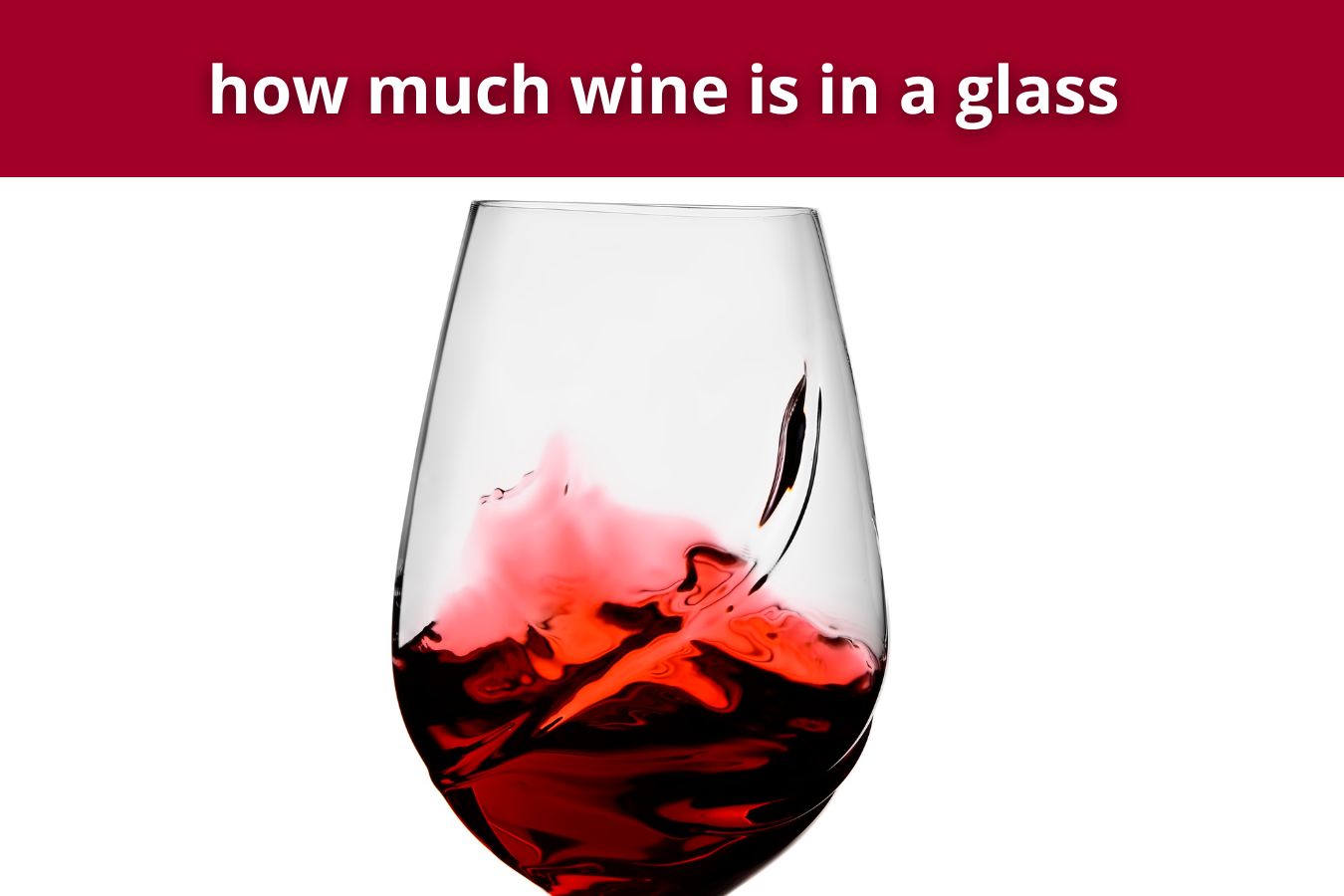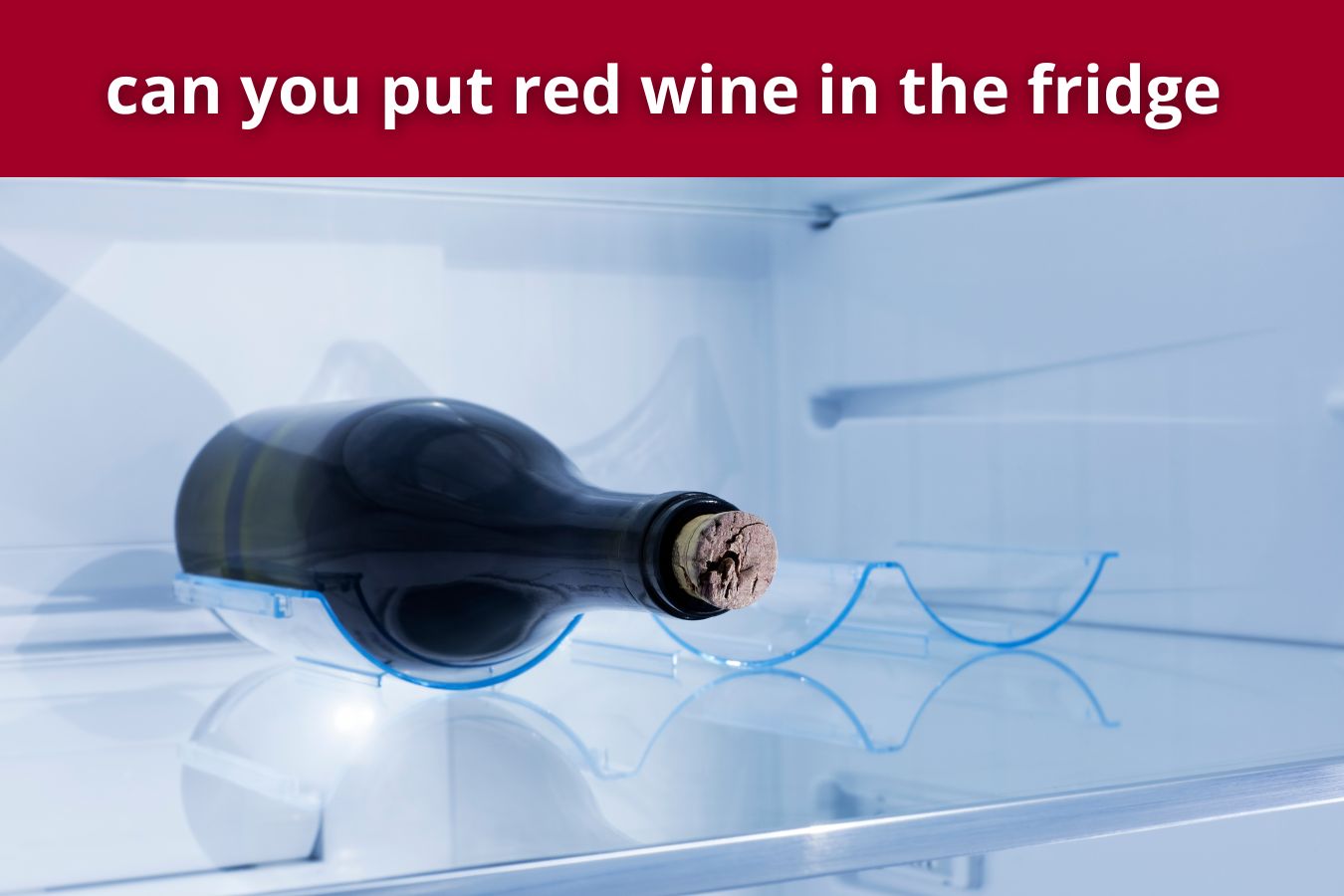If you’re wondering how big wine barrels are, you’re not alone. You’ve probably seen dozens of different sizes and shapes, but you may be wondering: “Is there a standard size for wine barrels?” There are a few things to keep in mind, though. Some barrels are slightly larger than others, and some are smaller than others. You can learn more about barrel sizes by reading the following articles.
Table of Contents
Larger barrels are used by winemakers
Generally, winemakers use larger barrels for aging their wines, which lessens the influence of wood on the finished product. The surface area of a foudre is smaller than that of a barrique. Barriques are also commonly used for other alcoholic beverages, such as cognac, sherry, beer, cider, and whiskey. Winemakers are required to consider cost and style when deciding on barrel size.
Oak trees are typically grown in stands and grow upward and outward. This creates tighter pores. The best oak trees have tall straight trunks, unblemished wood, and a lack of low-hanging branches. Most oaks grown in dense forests are favored for winemaking because they force trees to grow straight and avoid undergrowth. The dense forests also result in higher-quality lumber. When buying oak barrels, you should consider the cost of barrels before you decide on a particular type.
They are made of oak
While oak is used for wine barrels, there are other factors that have an impact on its taste and quality. The primary source of oak is France, followed by several nations of Central and Eastern Europe. These sources also include Virginia, Missouri, Ohio, and Wisconsin. Additionally, oak barrels are grown in Croatia, Slovakia, Hungary, and the Limousin region of France. The age of oak barrels is dependent on the species used.
Oak is the most common wood used for wine barrels, and it imparts its distinct character to the wine. American oak is stronger than French oak and is commonly used for bold reds and base wines in “assemblage” production. French oak, on the other hand, is more delicate and imparts subtle flavors, while French oak is more expensive. This makes French oak the superior choice for wine barrels. It can also help wine become softer and more complex.
They are topped up from other barrels to prevent significant oxidation
Wines that are stored in barrels can oxidize. The process is referred to as aging. Wine in barrels needs to be at least half full to avoid significant oxidation. To prevent oxidation, winemakers will often top off the barrel with additional wine from other barrels. This process does not eliminate head space oxidation, but it reduces the amount of time wine is exposed to oxygen.
Oxygen can enter a barrel through several different channels. It can enter through the wood, joints between the staves, or the bung. One study, published in 1997, found that 21% of oxygen entered the barrel through the bung, while 63% of the oxygen entered through the joints between the staves. Another study evaluated four barrels filled with a model wine, and measured the DO at the surface.
They are shaped like a barrel
While winemaking is an art form, the process of making a wine barrel is relatively simple. The wine barrel is made by shaping wooden staves into a cylinder shape. The staves are brushed with water to make them more pliable. A cooper then lights a small fire in the center of the barrel. The heat and humidity inside the barrel causes the wood to become pliable. The cooper then places another ring around the bottom of the barrel, which helps hold the staves together. Then, a large vise is used to tighten the staves together. This process can take several hours.
A wine barrel is made from 25-30 staves that form a cylindrical shape. The staves are then topped with a metal belt. The barrel is turned upside down and placed in a heated oven. Once the barrels are done, they are hammered to give them their distinctive shape. A wine barrel can be made from any kind of wood. If you are interested in making a wine barrel, here are some steps to get you started:
They cost a lot
The most expensive wine barrels are made of French oak. These can cost upwards of $3,000 a barrel. However, you can save money by using oak barrels from another winery. American oak barrels are also available, but they cost less than half as much as French ones. Prices are also more varied, depending on the region of origin. The increasing demand for fine wines has pushed the price of barrels up significantly.
To find out whether your barrels are still good to use, check their water tightness. At the cooperage, barrels are checked to ensure water tightness. However, they may shrink over time after storage and transportation. If they have not yet reached the ideal water tightness, fill them with warm water and then use a bung to drain the water. This helps prevent mold and other bacterial growth. This can be a costly mistake.







